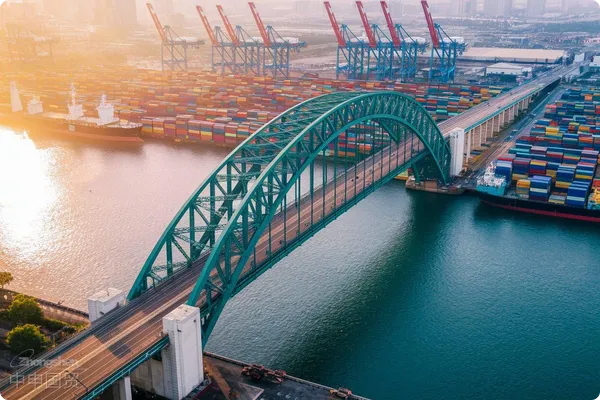- Shanghai Zhongshen International Trade Co., Ltd. - Two decades of trade agency expertise.
- Service Hotline: 139 1787 2118

The hidden cost traps in self-procurement of imported equipment
2025 General Administration of Customs statistics show domestic enterprises direct procurement of imported equipment increased 7.2% year-on-year, but 38% of projects experienced clearance delays or compliance penalties. This seemingly contradictory data reveals: when companies choose self-operationEquipment Imports, they often underestimate the hidden value of professional agency services.
I. Three real challenges in self-procurement
- Blind spots in identifying Technical Barriers to Trade (TBT)
- EU CE certification 2025 edition adds new Machinery Directive MD 2023/1230
- Equipment classification updates in North Americas NRTL certification system
- Chain reactions caused by customs classification disputes
- A machine tool company faced 1.6 million tariff discrepancies due to HS code misdeclaration
- Pre-classification ruling application period extended to 40 working days
- Systemic deficiencies in logistics cost control
- Case study: Demurrage fees exceeding 30% of freight costs at destination ports
- 15% cost reduction potential through multimodal transport optimization
II. Risk perspectives from typical cases
A certainNew energyWhen a company self-imported German laser cutting equipment in 2024:
- Omission of auxiliary control systems led to 37-day customs detention
- Failure to apply for FTA preferences resulted in 820,000 yuan tariff reduction loss
- Extended equipment installation triggered supplier penalty clauses
III. Value dimensions of professional agents
- Risk prevention system
- Pre-classification database covering 320,000 commodity records
- Real-time monitoring of trade control list updates in 85 countries
- Cost optimization combination
- Customs planning reduces compliance costs by 18% on average
- Dynamic logistics optimization system reduces demurrage risks
- CE/UL certification equivalence assessment
- Multilingual technical document compliance review services
- Rapid response channels with global certification bodies
IV. Decision model: When professional agents are needed
- Equipment procurement with single batch value exceeding $2 million
- Special items involving more than 3 regulatory authorities
- Supplier countries with trade remedy measure risks
- Occasional needs with annual import frequency below 5 times
Against the backdrop of global supply chain restructuring in 2025, professional agency services have transformed from cost items into value creators. The essence of choosing a professional team lies in acquiring a proven trade risk management system and mature cost control solutions. These hidden competitive advantages often generate practical value even before the equipment arrives at the port.
Related Recommendations
? 2025. All Rights Reserved. Shanghai ICP No. 2023007705-2  PSB Record: Shanghai No.31011502009912
PSB Record: Shanghai No.31011502009912










